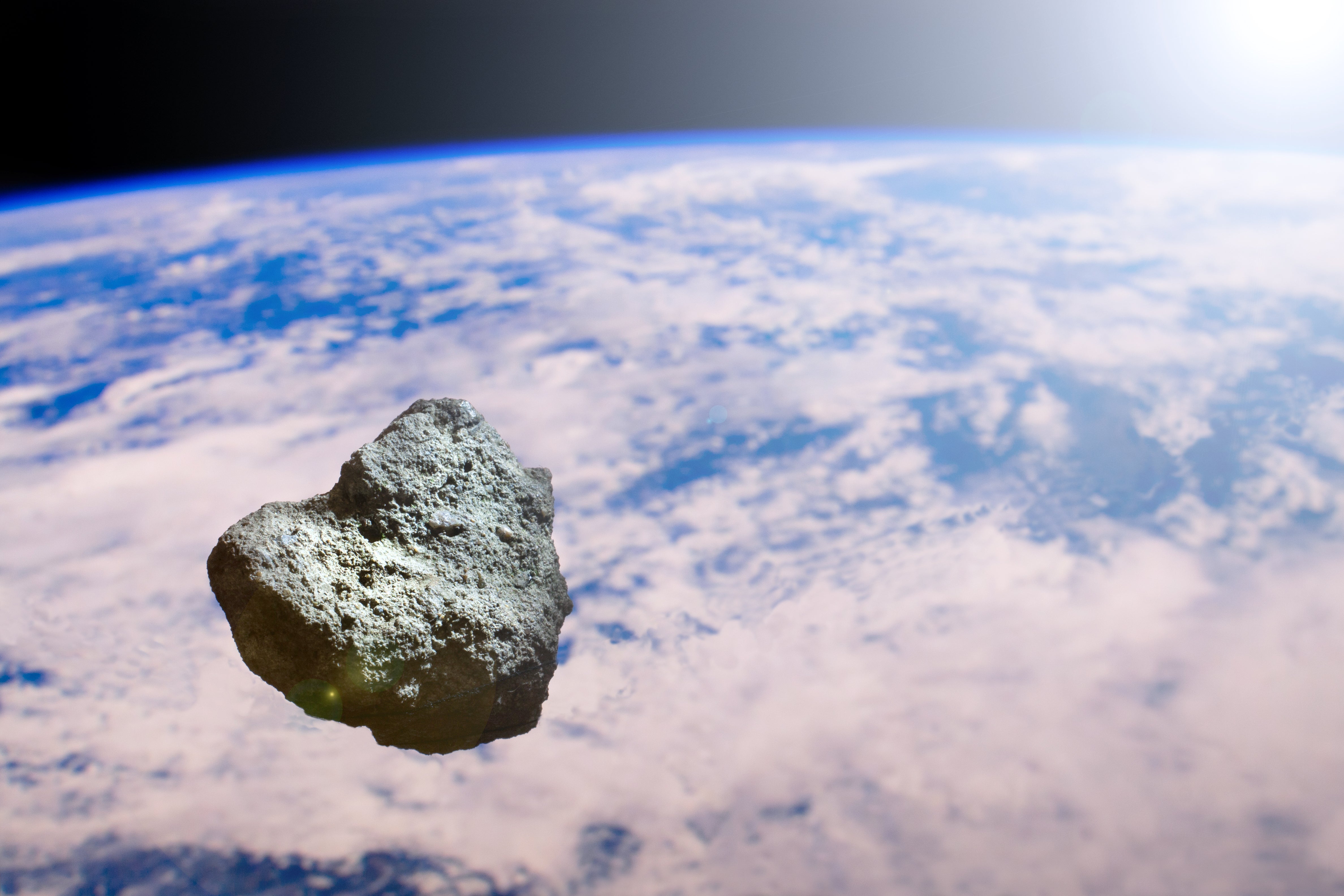Asteroid swoops past Earth just days after being discovered by Nasa
Asteroid is a reminder that many ‘near-Earth objects’ are still undiscovered

Your support helps us to tell the story
From reproductive rights to climate change to Big Tech, The Independent is on the ground when the story is developing. Whether it's investigating the financials of Elon Musk's pro-Trump PAC or producing our latest documentary, 'The A Word', which shines a light on the American women fighting for reproductive rights, we know how important it is to parse out the facts from the messaging.
At such a critical moment in US history, we need reporters on the ground. Your donation allows us to keep sending journalists to speak to both sides of the story.
The Independent is trusted by Americans across the entire political spectrum. And unlike many other quality news outlets, we choose not to lock Americans out of our reporting and analysis with paywalls. We believe quality journalism should be available to everyone, paid for by those who can afford it.
Your support makes all the difference.An asteroid has swooped past Earth – just days after it was first spotted.
The object, known as 2022 OE2, never posed any danger to Earth. It remained at a safe distance of 3.2 million miles away, more than 10 times the distance from the Earth to the Moon.
The rock is up to 380 meters wide, scientists said, and made its closest approach to Earth at 12.23am eastern time on Thursday morning.
It is one of around 15,000 Apollo-class asteroids. That means they are in orbit around the Sun in such a way that they cross over with our own orbit.
The object was only found on 26 July, less than two weeks before it made its closest path with Earth. While Nasa aims to spot and categorise all of what it calls near-Earth objects or NEOs, the vast expanse of space and the relatively small size of such asteroids can often make it difficult.
Today, Nasa tracks thousands of such NEOs. But many remain unknown: the space agency says that less than half of the 25,00 near-Earth objects that are 140 meters or larger have yet been found.
Nasa says that it is not aware of any asteroid that is due to make a dangerous collision with Earth in the next 100 years. The most hazardous object that it tracks is the asteroid Bennu – famous for being landed on by Nasa’s Osiris-Rex mission, which will bring back pieces of asteroid next year – and there is still only a 1-in-1,800 chance that it will hit Earth before 2290.
Experts are nonetheless concerned that humanity could be taken by surprise by a potentially hazardous asteroid, and Nasa and other space agencies have launched planetary protection programmes in an attempt to limit those risks.
They have included major space missions to test any possible response. At the end of September, for instance, Nasa’s Dart mission will crash into an asteroid – in a test that will be used to understand whether it might be possible to move the path of any hazardous object so that it would avoid our planet.


Join our commenting forum
Join thought-provoking conversations, follow other Independent readers and see their replies
Comments